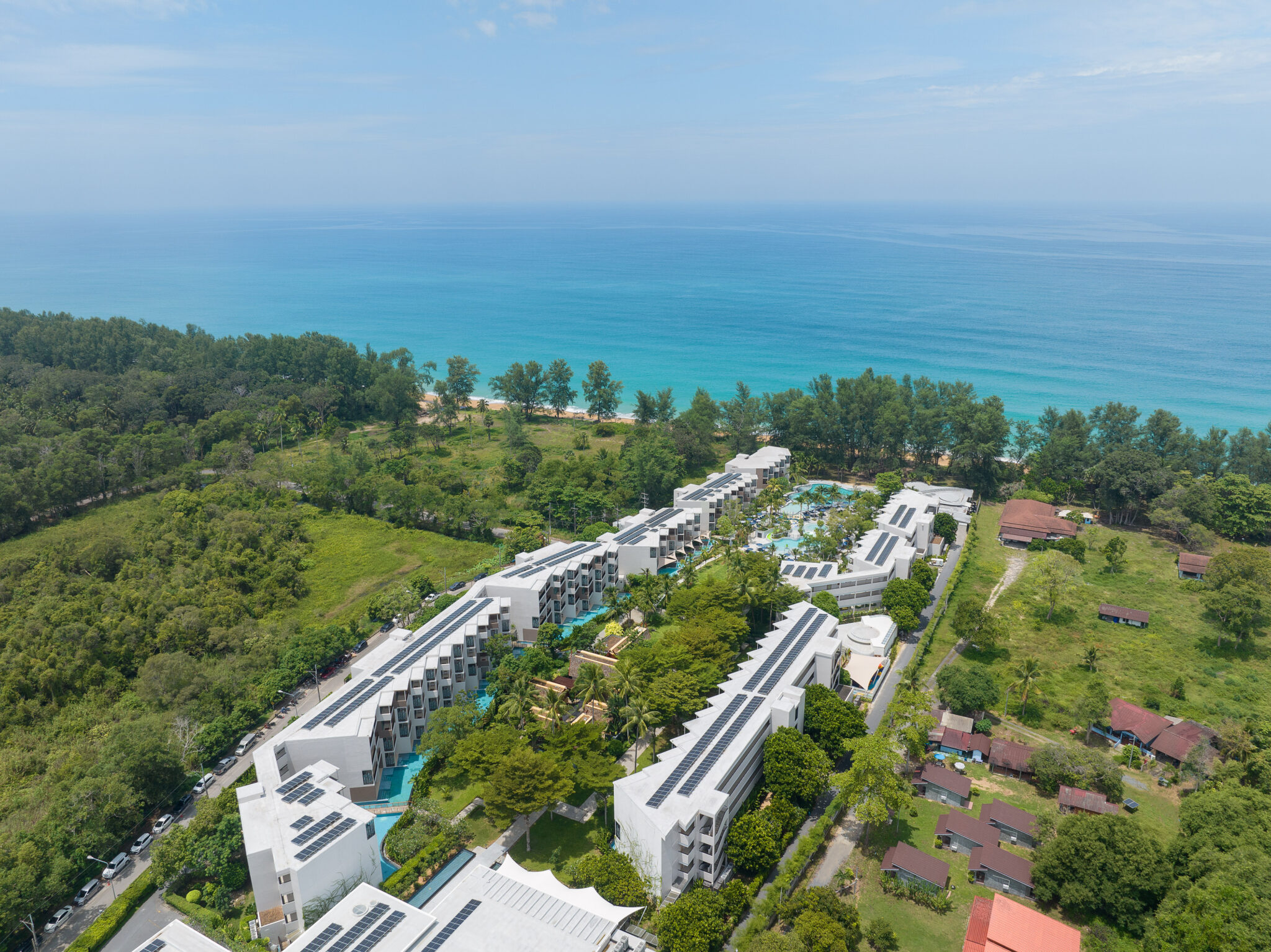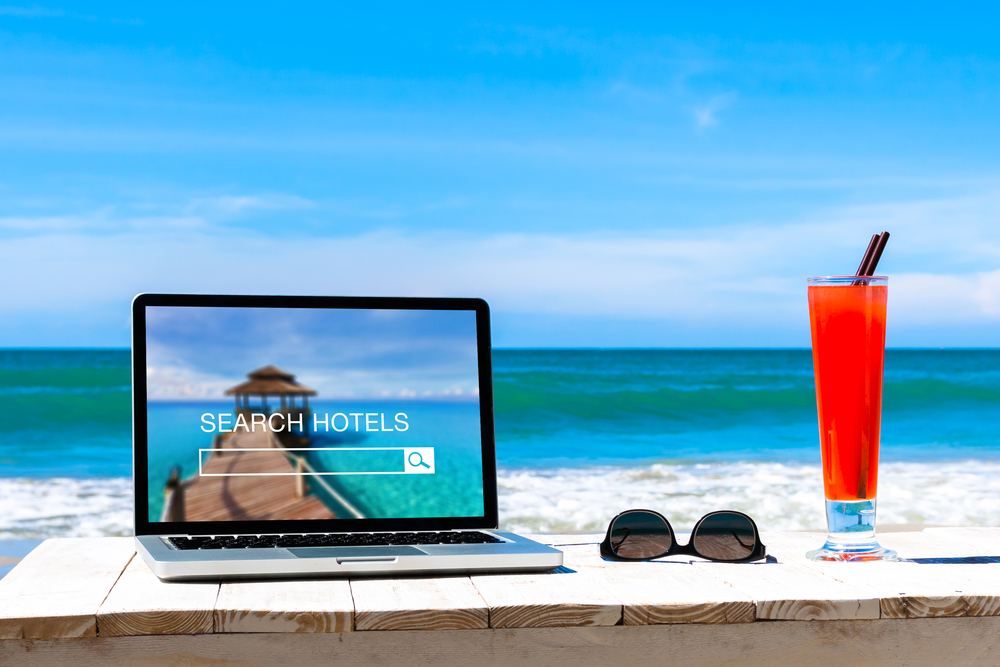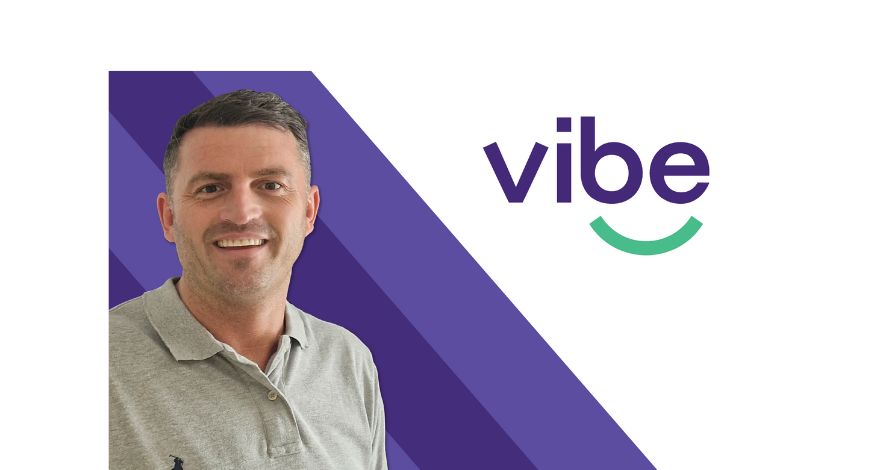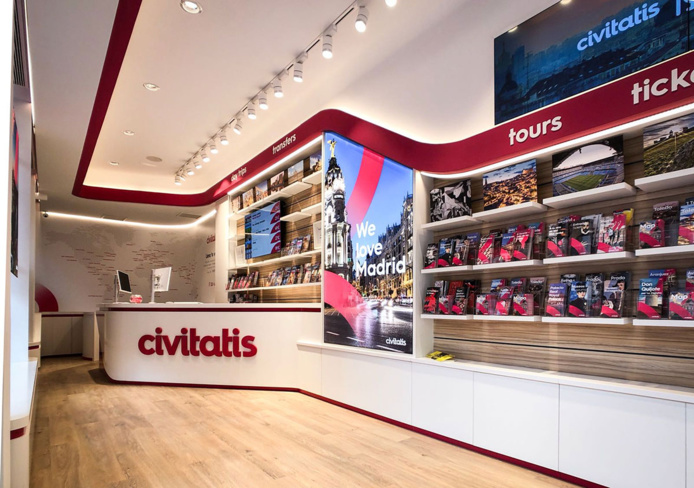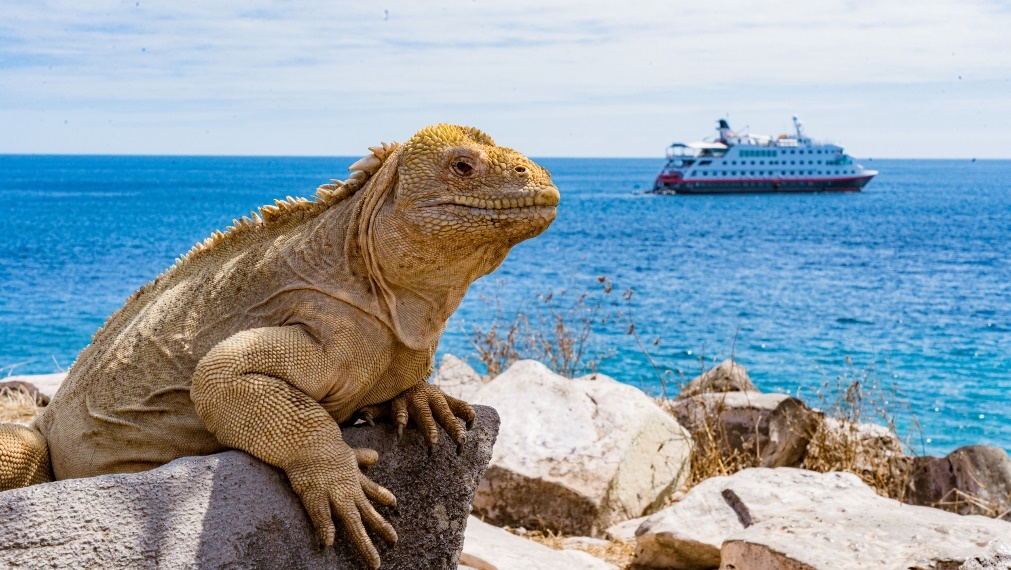
The successor to bankrupt Italian flag-carrier Alitalia faces an uphill battle to establish itself after low-cost rivals took advantage of the pandemic and a long restructuring process to grab chunks of its home market.
“Italia Trasporto Aereo SpA”, known as ITA, plans to start services on October 15, after months of talks with European Commission officials over terms of the overhaul and aid previously granted to Alitalia finally produced a deal on Thursday.
With those issues resolved, the company is set to kick off with mainly European flights and a handful of long-haul routes from Rome and Milan to New York, Boston, Tokyo and Miami.
The goal is to build a leaner carrier that can focus mainly on international markets, without getting bogged down by the costs and commitments that made Alitalia a ward of the government since 2017.
But ITA, at half the size of the old Alitalia, may be too small to compete against established airlines with only seven wide-body planes and is lacking a partner after years of talks with major carriers including Deutsche Lufthansa AG and Delta Air Lines Inc.
Long-haul travel also remains hobbled by widespread border curbs, and the corporate demand that’s usually a key driver for inter-continental journeys is expected to take years to fully revive after the 16-month global pandemic.
Ryanair, Wizz: In the short-haul markets that are rushing back, lower-cost rivals led by Ryanair Holdings Plc and fast-expanding Wizz Air Holdings Plc have moved into Italy during the pandemic while the government haggled with Brussels over what Alitalia assets could be handed over to state-owned ITA.
“Uncertainties are very high in long-haul markets,” said Andrea Giuricin, a transportation economist at the University of Milano-Bicocca. And ITA “will hardly have costs as low as Wizz or Ryanair.”
Ryanair, Europe’s largest discount airline, now controls 33% of the Italian market, up from 22% in mid-2019, based on data from flight-tracking firm OAG.
The Irish carrier has restored almost all of its pre-pandemic capacity in Italy, while Alitalia – a close No 2 in summer 2019 – has fallen by more than half.
Bigger planes: Ryanair’s new Boeing Co 737 Max jets will carry even more people and sip less fuel, bringing expenses down further, chief executive officer Micheal O’Leary said on Thursday in an interview in Rome.
“We know that all competitors have higher costs than we do,” he said.
“We scare them; they don’t scare us.” Wizz, based in Hungary and listed in London, has tripled its presence in Italy after adding six bases since the start of last year and plans to double its fleet in the country.
EasyJet may represent a further threat once travel curbs in its home UK market are eased, while ITA will be launching just as tourism enters the typically slow winter season when even the healthiest European airlines generally lose money.
Reincarnation: State-owned Alitalia was the dominant local presence in Italy for decades. A bloated workforce, an ageing fleet and an inefficient operating model saddled it with high costs – but allowing it to fail was a political nonstarter.
Successive governments ploughed more than €5bn ($5.9bn) into the firm after former shareholder Etihad Airways of Abu Dhabi cut ties in 2017. The EU, while allowing further funding during the pandemic, has demanded arms-length terms for the transfer of assets like the Alitalia name to ITA in order to avoid violating state-aid rules.
Under terms of the deal with the EU, there’ll also be competitive tenders for non-airline activities, with ITA required to partner with other companies interested in bidding for ground handling and maintenance services.
ITA, owned by the Italian Finance Ministry, will start out debt-free but will be half the size of Alitalia, with just 52 aircraft – increasing to 78 in 2022 – and about 2,800 staff. It will receive €700mn from the Treasury to begin flights, according to a statement issued after the EU agreement was reached.
Hiring plans: The new airline plans to hire up to 5,700 people, but Alitalia workers will lose salary levels and seniority, likely exacerbating labour strains that have dogged the company throughout the bankruptcy process.
Chief executive officer Fabio Lazzerini has said an alliance with an international airline could be both commercial and industrial, meaning the partner could buy a stake.
Yet Lufthansa and other potential suitors that have accepted state aid from their own governments are either barred from investing or risk a political backlash if they make such a move before paying back their rescue funding.
A partnership is necessary for ITA but it won’t be enough without an investment, said Giuricin, the transportation economist.
“It is more important to be part of one of the large European groups,” he said. “A standalone strategy is not an option anymore.”



 share
share

















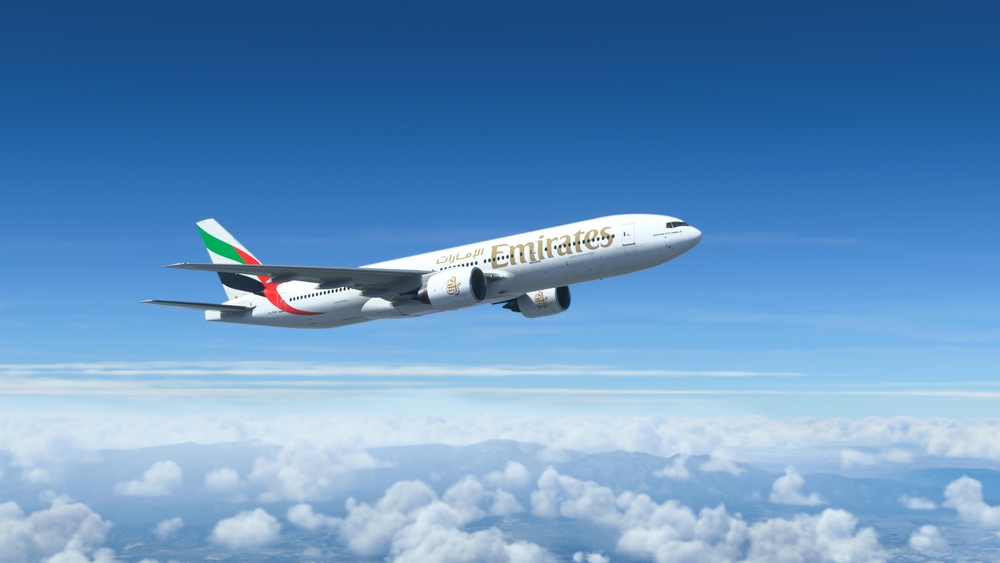


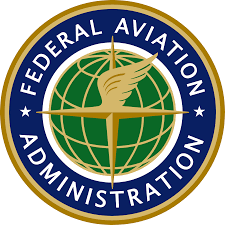 Transair and Transair Express is Hawaii-based and operates between the Hawaiian islands. Freight, cargo, or passengers, all airlines should be safe. A cargo plane crashing on a populated area is not only killing the pilots ...
Transair and Transair Express is Hawaii-based and operates between the Hawaiian islands. Freight, cargo, or passengers, all airlines should be safe. A cargo plane crashing on a populated area is not only killing the pilots ... 

